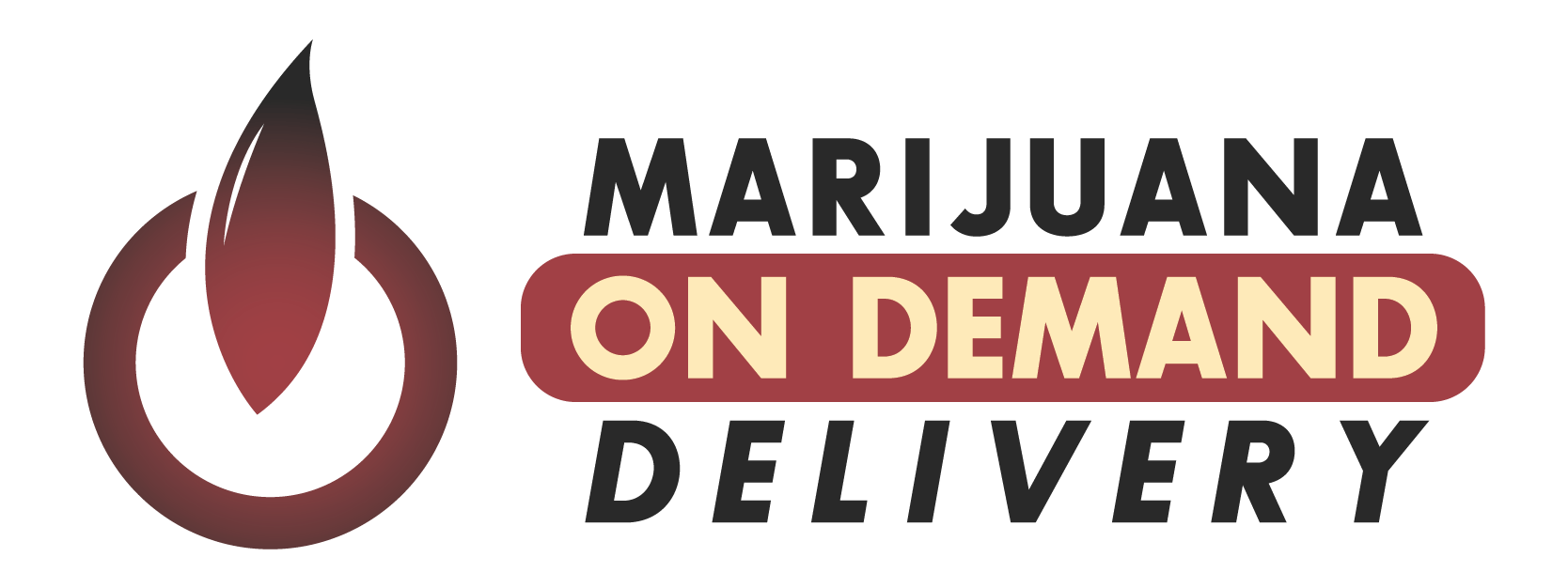Cannabis delivery times can vary notably—from under an hour to several hours, and occasionally even next-day delivery. Here’s what determines those timelines:
1. Time of Day & Local Demand
- Peak delivery windows are typically late afternoon to early evening (4–9 PM), especially on weekends and holidays like 4/20 and major sporting events.
- High demand leads to longer wait times, with “pizza-model” operations (one order per driver at a time) slowing during peak hours.
2. Geography & Route Efficiency
- In densely populated areas or where delivery zones are compact, most orders arrive in 30–75 minutes.
- Remote or rural deliveries can take 2–3 hours or more, with Bay Area data showing average ranges up to 2–3 hours.
3. Delivery Model in Use
- Pizza-style (hub-and-spoke): Drivers go from dispensary to customer (one order at a time).
- Ice‑cream‑truck style: Drivers carry stock and fulfill multiple orders per trip.
- Hybrid models combine both. Most states permit “pizza-style” for regulatory compliance.
4. Order Volume & Driver Efficiency
- Cannabis delivery drivers average 2.5 orders/hour, or about 13 deliveries per 10-hour shift.
- Efficiency is driven by routing tools, demand, driver performance, and order batching.
5. Tech & Real-Time Tracking
- Dispensaries use delivery management platforms to enable real-time tracking, status updates, and smoother customer-driver communication.
6. Compliance & Safety Requirements
- Age verification, ID checks, and signatures add time during handoff.
- For driver safety, many dispensaries require you to meet them at their vehicle rather than your door.
7. Cash Handling & Payment Methods
- As many cannabis businesses remain cash-focused (~70%), drivers may carry cash, requiring time to count and make change safely.
The Delivery Process — Step by Step
- Place the Order
Customer adds items to the cart, selects a delivery window and pays (cash or card). Most dispensaries set minimums (e.g., $50) to qualify for delivery. - Order Confirmation & Prep
Dispensary approves order, validates age/ID, and prepares goods. - Dispatch & Driver Assignment
Delivery driver is assigned—either for single order trips (hub model) or batch trips (ice-cream style). - Real-Time Tracking & Communication
Customer receives tracking via SMS or app. Driver may message to confirm parking/block specifics. - Handoff & Verification
ID check, signature, and delivery at doorstep or curb/vehicle based on safety protocols. - Post-Delivery Feedback
Option to rate and tip: average tips range from $5–$10, depending on order size and distance.
Factors That Can Cause Delays
- Weather, traffic, and road closures
- Unverified addresses or difficulty reaching the driver
- Insurance or regulatory paperwork (ensuring manifests, GPS tracking, etc.)
- Driver safety protocols (meet-at-car policy adds handoff time)
Industry Feedback
- Customers often report deliveries in 1–3 hours, with some local services promising under-an-hour arrivals.
- Drivers note curbside meet-ups reduce risk:
“It’s for driver safety…you have to meet them at their car.” - Dispensaries track driver metrics—on-time rates, route efficiency, and retention—and continuously optimize.
Final Take
On average, 30 – 75 minutes in urban/suburban zones, 2–3 hours in more remote areas. Delivery speed depends on demand, geography, delivery model, compliance, traffic, and tech tools. A strong delivery program combines smart dispatching, real‑time tracking, clear communication, and solid safety protocols. As the market matures, expect faster, smarter services tailored to customer needs.
Cannabis delivery has come a long way—what was once niche is now a streamlined, professional service. Understanding each timeline helps dispensaries to build trust, retain customers, and deliver convenience responsibly.
Learn More: The Power of Now: Why Same-Day Delivery is Reshaping the Cannabis Retail Experience
